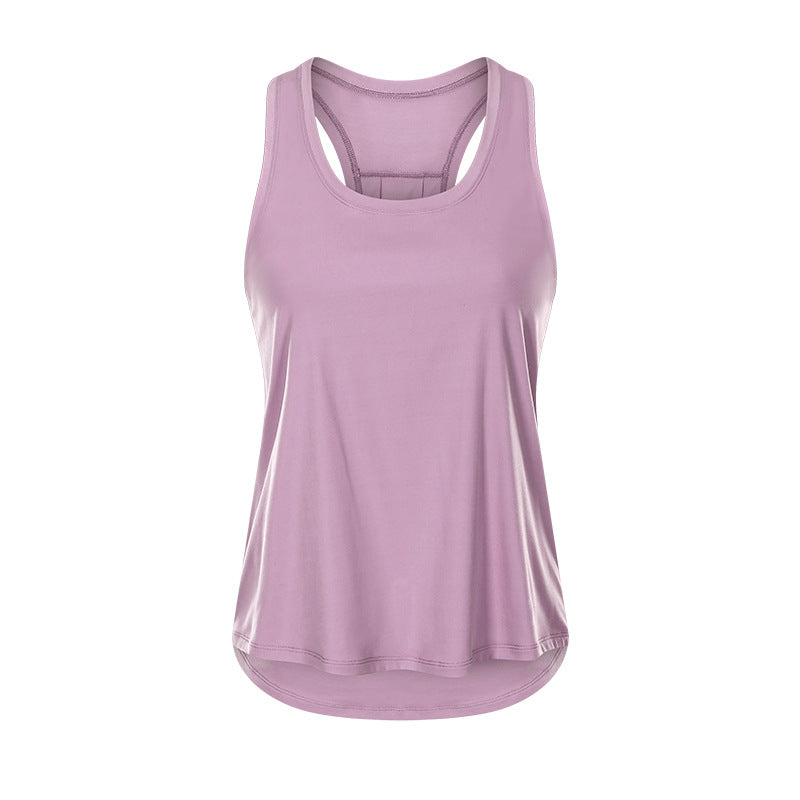
Activewear Fabric Guide: What to Wear for Every Workout Type
Activewear Fabric Guide: What to Wear for Every Workout Type
The BeHer Blog | HEROICA
You've probably experienced it – that moment when you're halfway through a workout and realize your outfit is working against you instead of with you. Maybe your shirt is soaked and clingy, your leggings are see-through when you squat, or you're overheating in fabric that doesn't breathe. The truth is, what you wear can make or break your workout performance.
Understanding activewear fabrics isn't about being high-maintenance – it's about setting yourself up for success. The right fabric can help regulate your body temperature, wick away sweat, provide the right amount of compression, and move with your body instead of restricting it. Let's break down everything you need to know to choose the perfect fabric for every type of movement.
The Science of Workout Fabrics
When you exercise, your body temperature rises and you start to sweat. The goal of good activewear is to help your body's natural cooling system work efficiently while providing support and comfort. Different fabrics achieve this in different ways.
Moisture-wicking fabrics pull sweat away from your skin to the outer surface of the fabric where it can evaporate quickly. Breathable fabrics allow air to flow through, helping with temperature regulation. Compression fabrics provide support to muscles and can improve circulation. Four-way stretch fabrics move with your body in all directions without losing their shape.
Understanding these properties helps you choose the right fabric for your specific workout needs, body type, and personal preferences.
Cotton: The Comfort Classic (With Limitations)
Cotton gets a bad reputation in fitness circles, but it's not entirely deserved. Cotton is incredibly soft, breathable when it's not wet, and feels familiar and comfortable. However, cotton absorbs moisture rather than wicking it away, which means it can become heavy and clingy when you sweat.
Best for:
- Light yoga or stretching sessions
- Walking or gentle movement
- Lounging or casual wear
- People who don't sweat heavily
- Short workouts (under 30 minutes)
Avoid for:
- High-intensity cardio
- Hot yoga or outdoor summer workouts
- Long training sessions
- Activities where you'll sweat significantly
HEROICA Cotton Blends: Many of our pieces combine cotton with synthetic fibers to give you the comfort of cotton with improved performance properties.
Synthetic Fabrics: The Performance Powerhouses
Polyester: The Versatile Workhorse Polyester is the backbone of most activewear because it's incredibly versatile. It wicks moisture effectively, dries quickly, holds its shape well, and can be engineered for different purposes.
Best for: Almost all workout types, especially cardio, strength training, and outdoor activities.
Nylon: The Stretch Master Nylon provides excellent stretch and recovery, meaning it bounces back to its original shape even after intense movement. It's also very durable and often blended with other fibers.
Best for: High-movement activities like dance, HIIT, and strength training where you need maximum range of motion.
Spandex/Elastane: The Stretch Enhancer Usually blended with other fibers (typically 10-20%), spandex provides the stretch that allows activewear to move with your body and return to its original shape.
Best for: Any activity requiring flexibility and form-fitting garments.
Fabric Blends: Getting the Best of Everything
Most high-quality activewear uses fabric blends to combine the best properties of different materials. Here are the most effective combinations:
Polyester + Spandex (80/20 or 85/15) This is the gold standard for most activewear. You get excellent moisture-wicking, durability, and stretch with shape retention.
Perfect for: HIIT, strength training, running, cycling
Nylon + Spandex (80/20 or 75/25) Offers superior stretch and a softer feel than polyester blends, with good moisture management.
Perfect for: Yoga, Pilates, dance, activities requiring lots of flexibility
Cotton + Polyester + Spandex (50/45/5) Combines comfort with performance, offering some moisture-wicking while maintaining the soft feel of cotton.
Perfect for: Light cardio, casual workouts, everyday wear
Specialty Fabrics for Specific Needs
Bamboo Fabric: The Eco-Friendly Option Bamboo fabric is naturally antimicrobial, incredibly soft, and has good moisture-wicking properties. It's also more sustainable than many synthetic options.
Best for: Sensitive skin, eco-conscious consumers, yoga and low-intensity workouts
Considerations: Can be less durable than synthetics and may lose shape over time
Merino Wool: The Temperature Regulator Don't dismiss wool for workouts! Merino wool naturally regulates temperature, wicks moisture, and resists odors better than almost any other fabric.
Best for: Outdoor activities, layering, cold-weather workouts, multi-day activities
Considerations: More expensive and requires special care
Choosing Fabric by Workout Type
High-Intensity Cardio (HIIT, Running, Cycling) Go for: Polyester or nylon blends with high moisture-wicking capabilities Look for: Lightweight, quick-dry fabrics with good breathability Avoid: Cotton or heavy fabrics that retain moisture
Strength Training Go for: Fabrics with good stretch and recovery (nylon/spandex blends) Look for: Medium compression for muscle support, durability for equipment contact Avoid: Fabrics that pill easily or lose shape quickly
Yoga and Pilates Go for: Soft, stretchy fabrics that move with your body (nylon/spandex blends) Look for: Four-way stretch, non-see-through when stretched, comfortable waistbands Avoid: Fabrics that are too slippery or don't provide enough coverage
Hot Yoga Go for: Lightweight, moisture-wicking synthetics Look for: Maximum breathability, quick-dry properties, minimal seams Avoid: Cotton or thick fabrics that become heavy when wet
Outdoor Activities Go for: Weather-appropriate fabrics (moisture-wicking for heat, insulating for cold) Look for: UV protection, wind resistance, or thermal properties as needed Consider: Merino wool for temperature regulation
Dance and High-Movement Activities Go for: Fabrics with excellent stretch and recovery Look for: Four-way stretch, lightweight, non-restrictive fits Avoid: Stiff fabrics or those that don't bounce back to shape
How to Read Care Labels and Extend Gear Life
Understanding fabric care isn't just about following rules – it's about protecting your investment and maintaining performance properties.
Washing Guidelines:
- Turn garments inside out to protect the outer surface
- Use cold water to prevent shrinkage and color fading
- Avoid fabric softener, which can clog moisture-wicking properties
- Wash similar colors together, especially for the first few washes
Drying Best Practices:
- Air dry when possible to prevent heat damage
- If using a dryer, use low heat settings
- Remove promptly to prevent over-drying and static
- Hang or lay flat to maintain shape
Storage Tips:
- Don't leave sweaty clothes in gym bags
- Allow complete drying before storing
- Fold rather than hang knits to prevent stretching
- Store in cool, dry places away from direct sunlight
Fabric Red Flags: What to Avoid
See-Through When Stretched Always do the squat test! If you can see your underwear when you bend over or squat, the fabric is either too thin or the wrong color for your skin tone.
Pills Easily Pilling happens when fibers break and ball up on the surface. Look for tightly woven fabrics and avoid rough surfaces that can cause friction.
Loses Shape Quickly Quality activewear should return to its original shape after washing. If it stretches out permanently after a few wears, it's not worth your money.
Retains Odors Some synthetic fabrics can trap bacteria and odors. Look for antimicrobial treatments or natural fiber blends if you're prone to this issue.
Causes Chafing Rough seams, poor fit, or fabrics that don't move with your body can cause irritation during longer workouts.
Investment Pieces vs. Budget Finds
Invest More In:
- Sports bras (fit and support are crucial)
- Leggings you'll wear frequently
- Pieces for your primary workout type
- Items that touch your skin directly
Save Money On:
- Trendy pieces you might not wear long-term
- Basic tank tops and t-shirts
- Accessories like headbands and socks
- Items for occasional activities
Your Fabric Selection Action Plan
- Identify your primary workout types and prioritize fabrics that work best for those activities
- Consider your sweat level – heavy sweaters need maximum moisture-wicking
- Think about your environment – hot, cold, humid, or air-conditioned spaces
- Test before investing – try one piece from a new brand before buying a whole wardrobe
- Read reviews – other customers often mention fabric performance in real workouts
Ready to upgrade your workout wardrobe with the right fabrics? Start by evaluating what you currently own and identifying which pieces work best for your favorite activities. Then, gradually replace items that aren't serving you with fabrics that will support your fitness goals.
Share your fabric wins and fails with the HEROICA community using #HEROICAFabricGuide – we learn best from each other's real-world experiences!
Because when your clothes work with your body instead of against it, every workout becomes a little bit easier and a lot more enjoyable.

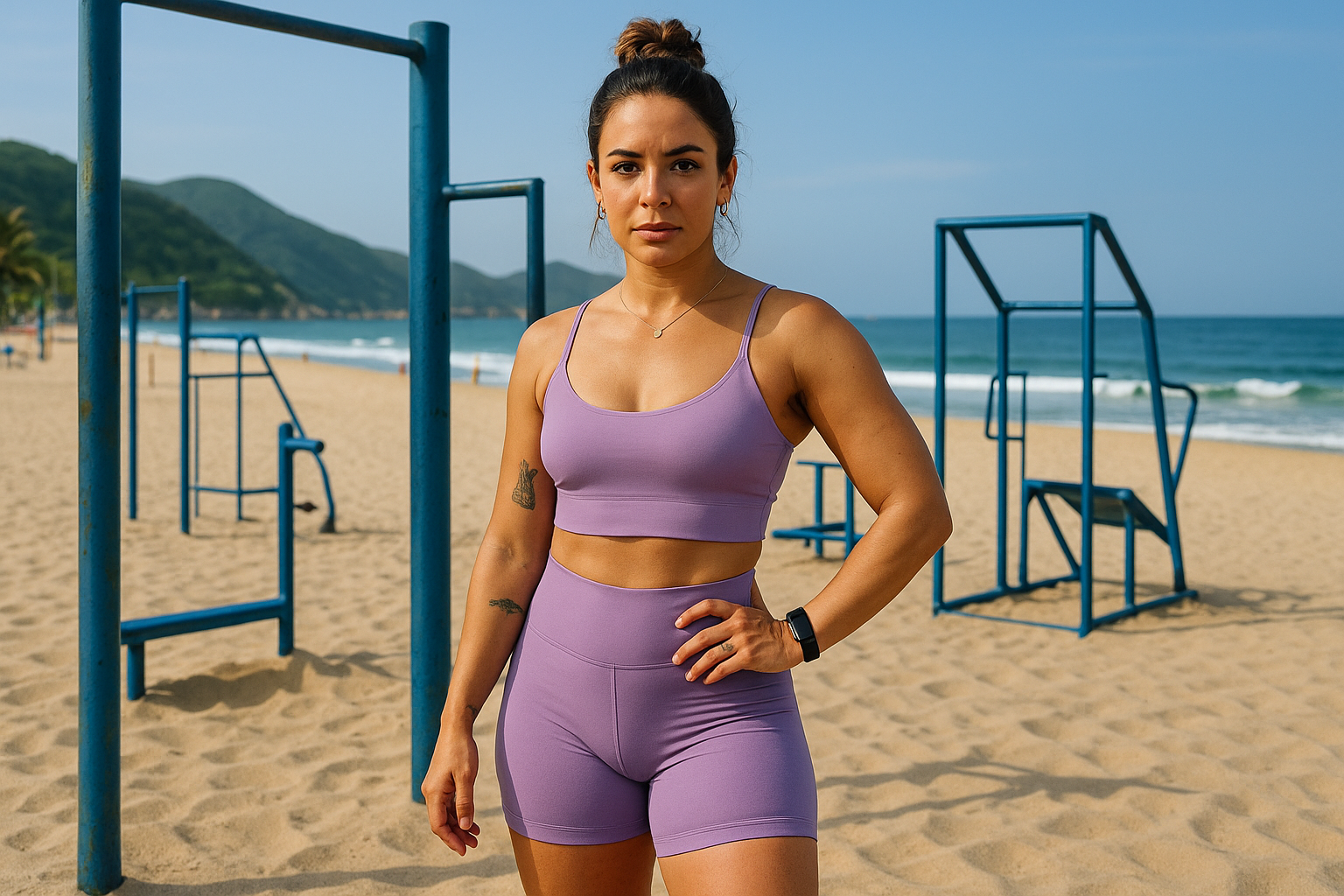
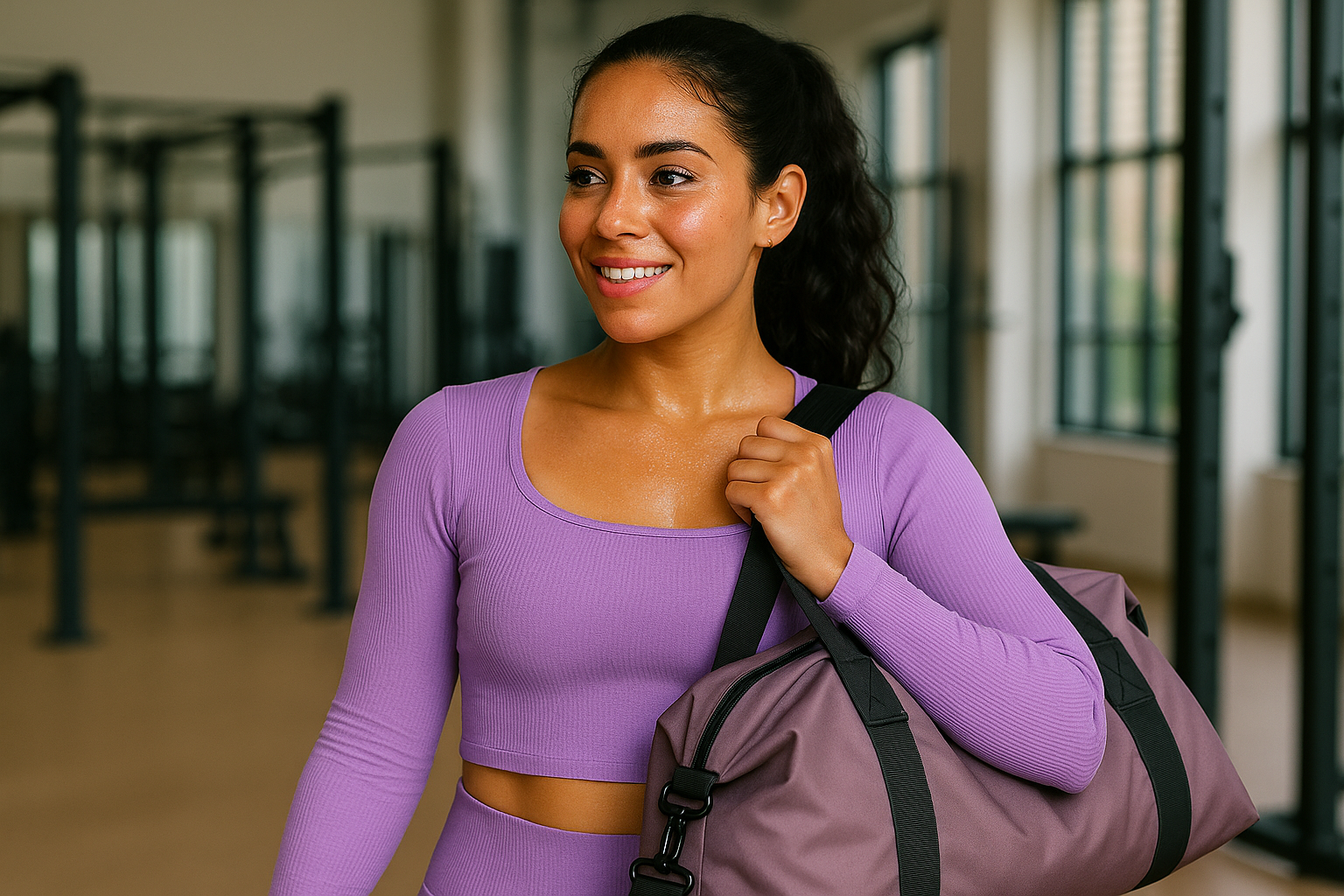
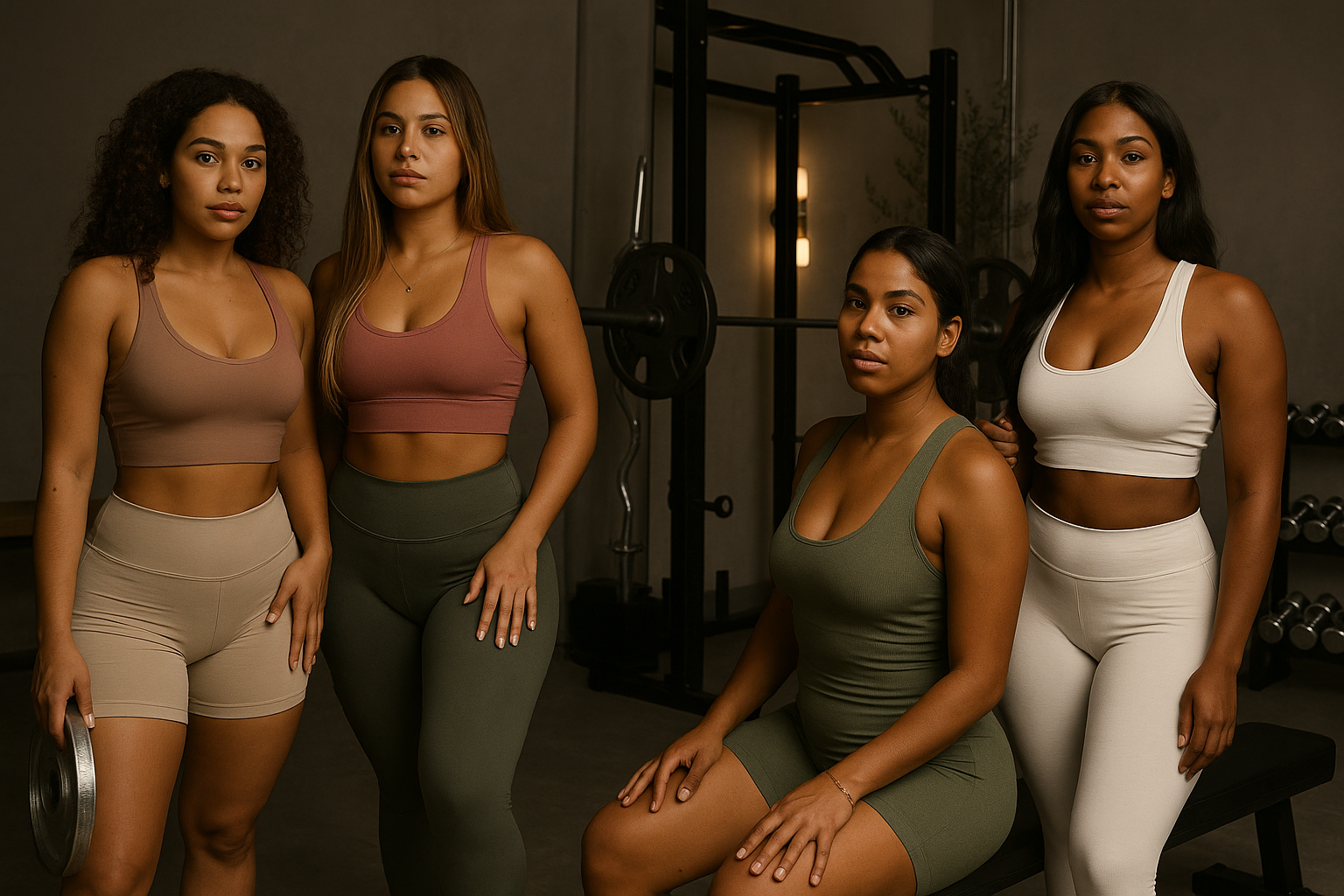
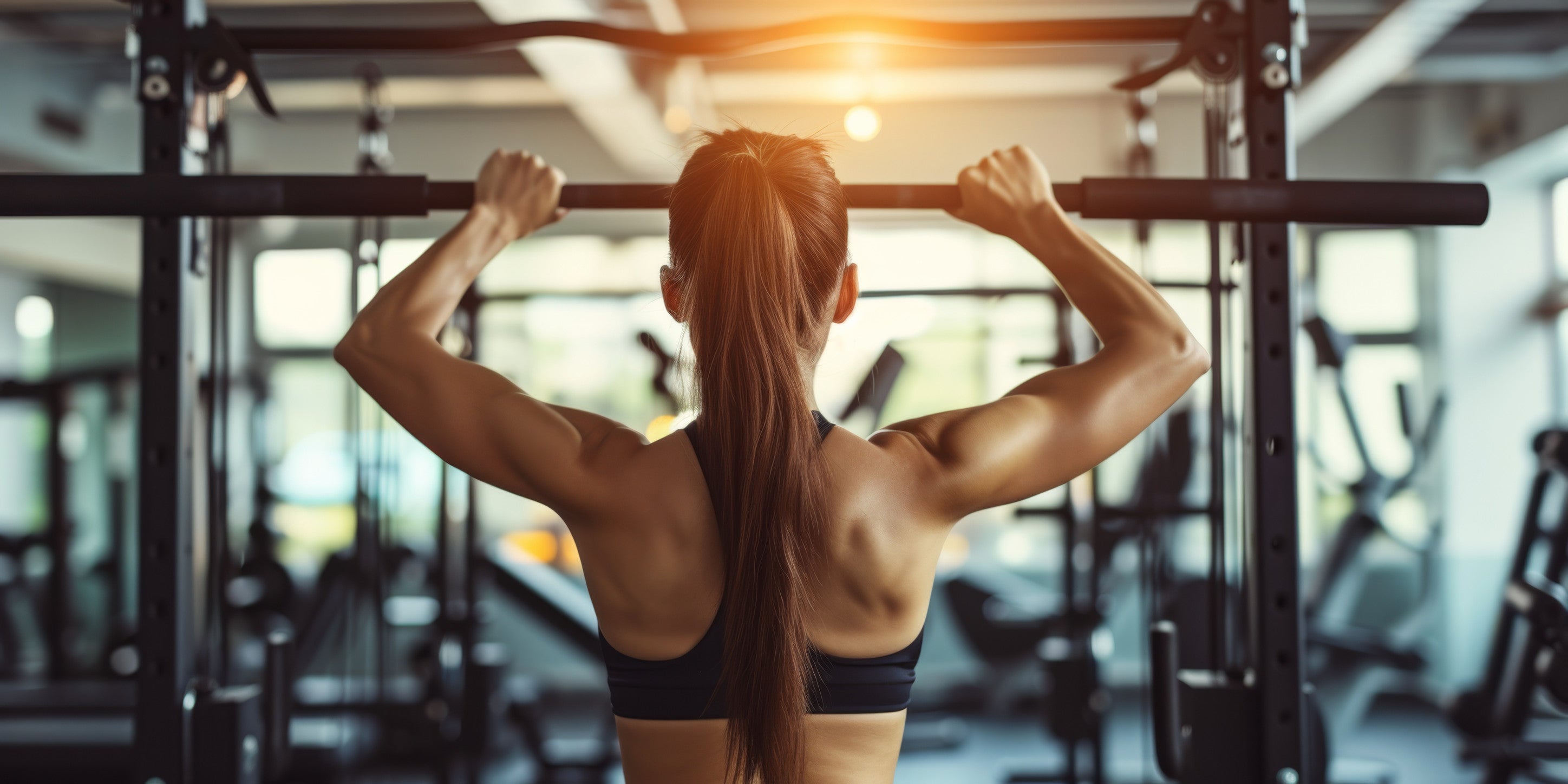
Dejar un comentario
Este sitio está protegido por hCaptcha y se aplican la Política de privacidad de hCaptcha y los Términos del servicio.